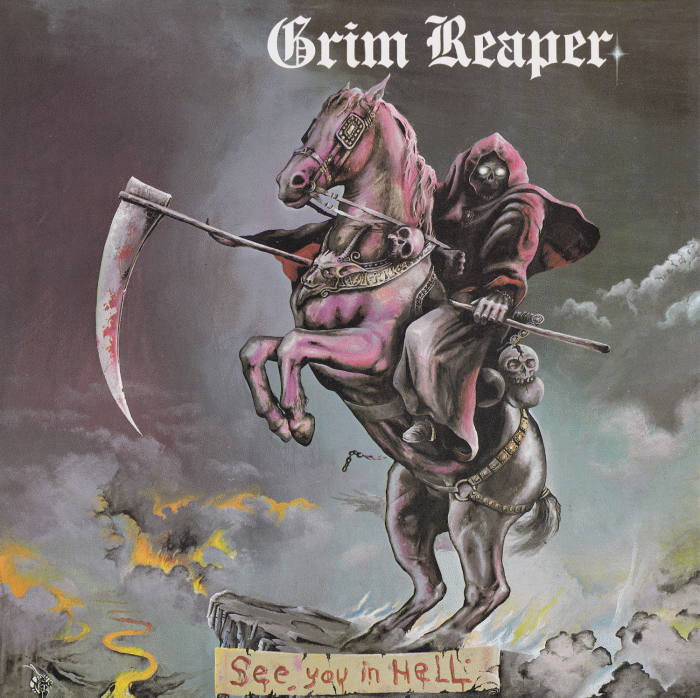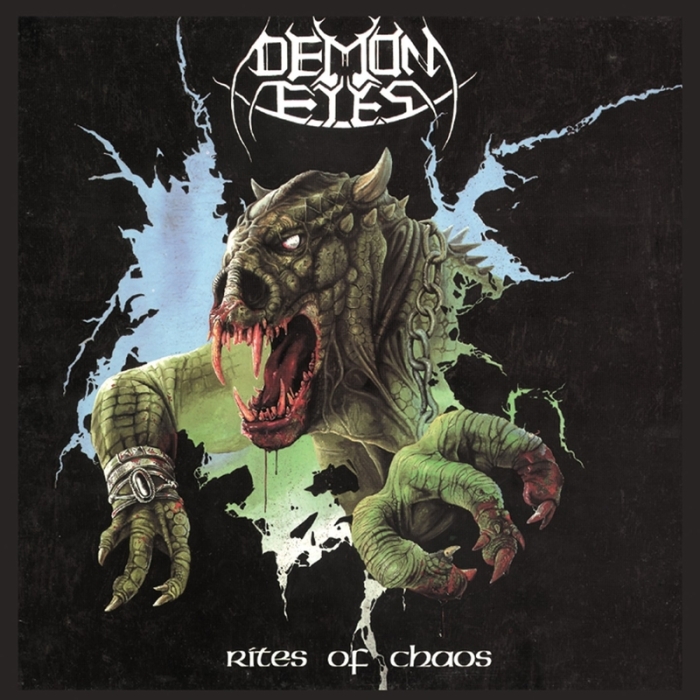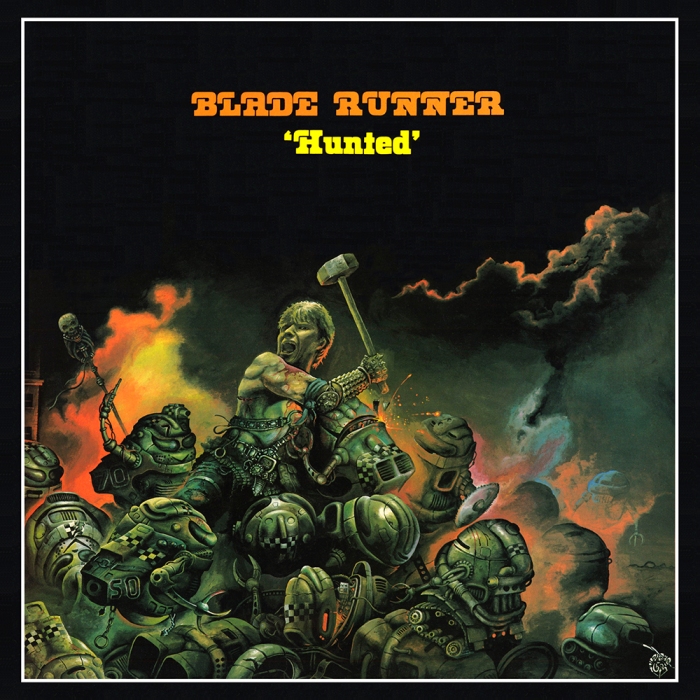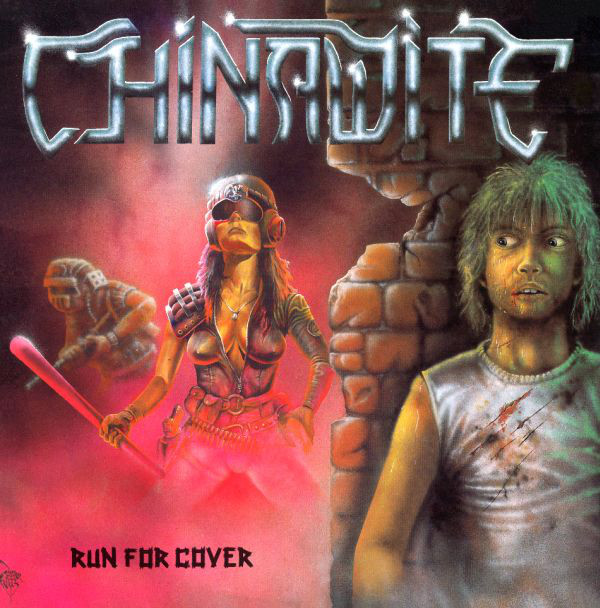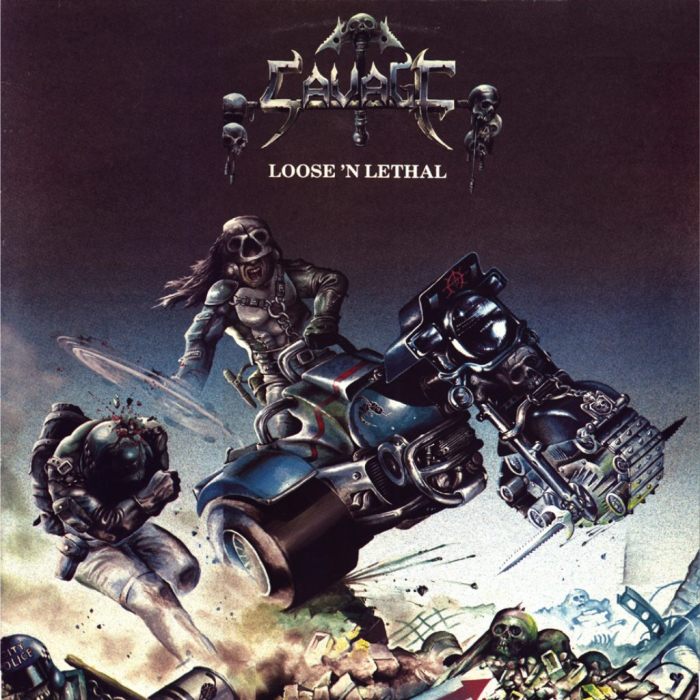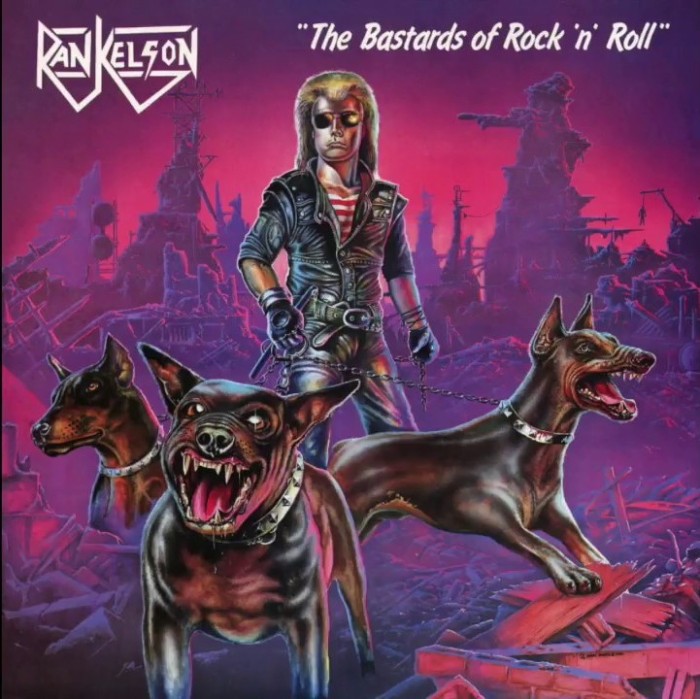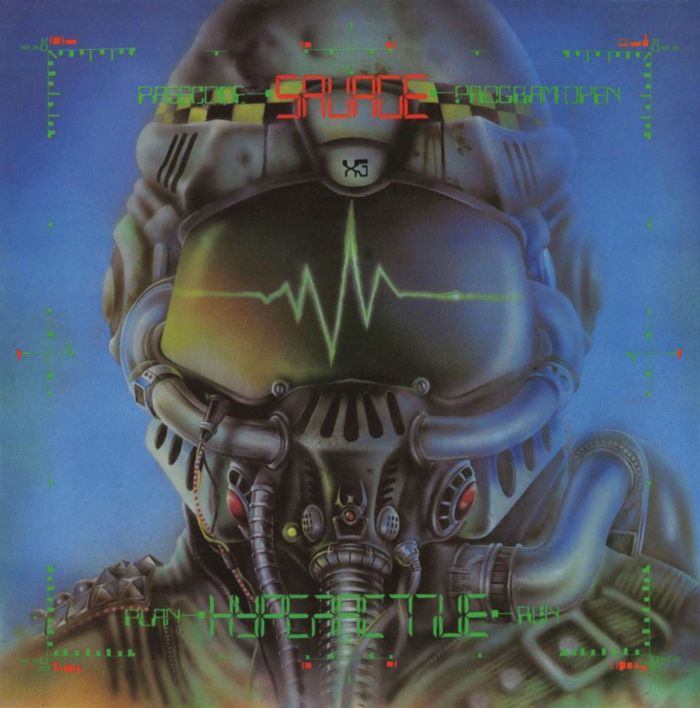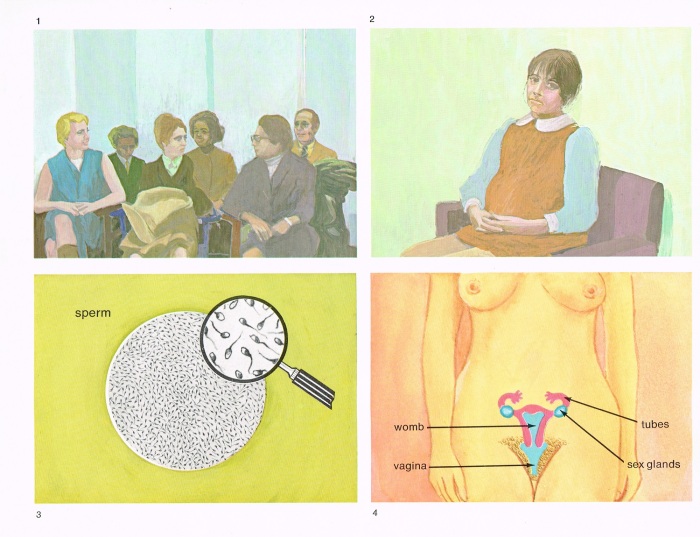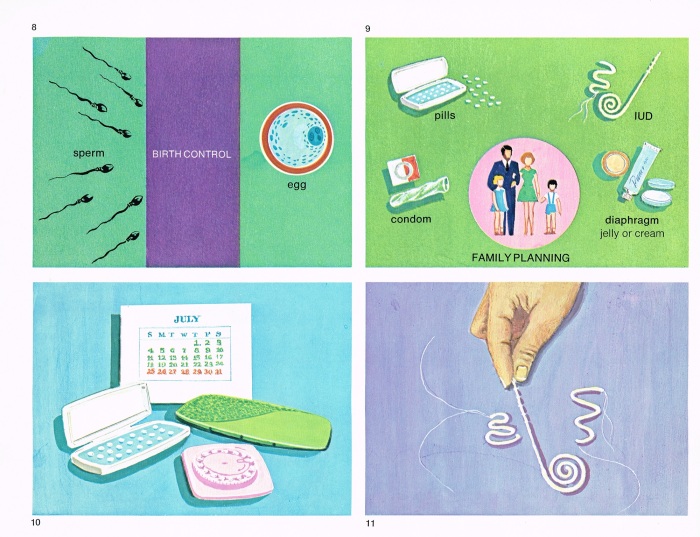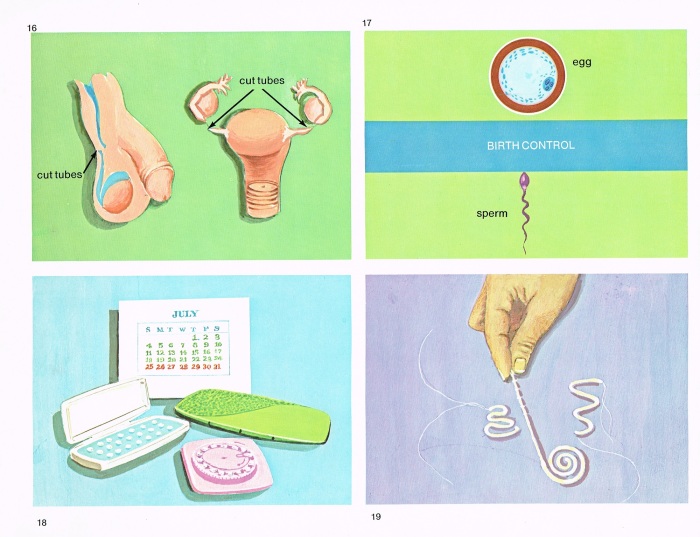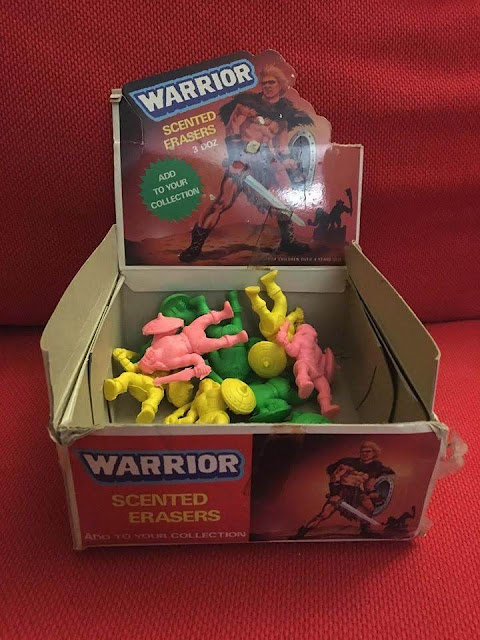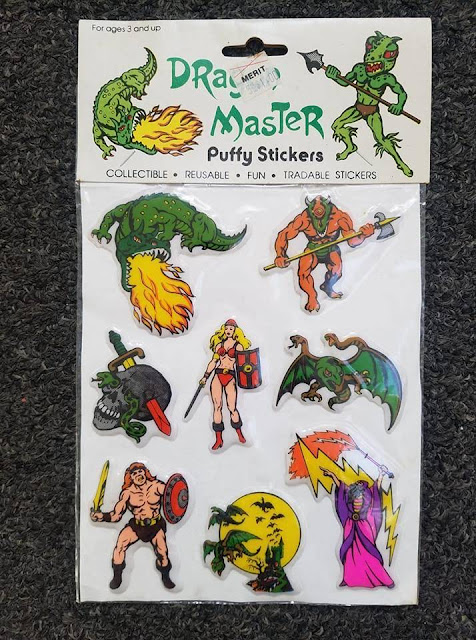“When Seconds Count”: Reader’s Digest’s ‘What to Do in an Emergency’, 1986
Exhibit / December 11, 2019
























Object Name: What To Do In An Emergency
Maker and Year: Reader’s Digest, 1986
Object Type: Book
Description: (Richard McKenna)
The world is a dangerous place, and nowhere is this more true—subjectively speaking—than in its safest, most fortunate corners. I’ve spoken before about how the postwar UK seemed sometimes to be living in a traumatized fugue state of danger and threat. Here, then, is the bible of that particular belief system: the Reader’s Digest‘s 1986 What to Do in an Emergency, a 400-page compendium of Anglo fears, running from the most mundane (“gravy stains, removal of…. p.180”) to the surprisingly obscure (“caves, lost in… p.310”), which allowed every Briton to writhe in pleasure at the thought of the many nightmarish injuries, deaths, and degradations that might await them should they step from the path of righteous behavior.
In 1986, Britain was still eleven years away from two events—the election victory of Tony Blair’s New Labour and the death of Lady Diana—which would spark a mutation in, or perhaps simply bring into sharp focus, its psychology, triggering the evaporation of the last remaining remnants of the country’s previous approach to existence. Contrary to any naive assumptions about British “good manners,” it ought to be stated for the record that much of what made postwar Britain function was facilitated not by any innate civility but by a series of behaviors that had been drilled into us since childhood, with origins in the regimented lives ingrained in our parents and grandparents back when we were a total war economy Airstrip One-ing our way through World War II. That and the real risk of physical violence for infractions such as jumping queues and insulting other drivers ensured a Pavlovian comportment that turned boarding a bus or joining a dual-carriageway into almost devotional rituals. Given what has taken the place of this conditioned, vaguely collectivist pseudo-altruism as it has decayed under the pressure of individualist right-wing ideology, I think we can perhaps be forgiven a brief twitch of nostalgia for said collectivist pseudo-altruism, for all its faults.
Reader’s Digest was an American general interest magazine containing condensed articles and devised by Dewitt Wallace while recovering from injuries obtained during the First World War. Despite its progressive attitude towards sex, the Digest was also fond of promoting reactionary values and anti-Communism, often printing smear stories leaked to it by the C.I.A. and F.B.I. The company was also famed for its series of “condensed novels”—each plastic-tooled volume of which contained abridged versions of four popular bestsellers of the moment (Wallace was fond of saying that his epitaph should read ”The final condensation”). The books Reader’s Digest published in the UK were available either from the “Reader’s Digest centres” dotted around the nation’s cities (where customers could “examine and buy” them) or directly through the post by mail order, and the company had a particular hold over people without easy access to bookshops and those who were perhaps not comfortable entering them—because they could be intimidating places—and felt they needed a guide. This guidance was trafficked through the pages of the magazine, amidst its strange mixture of real-life “I fell into a cement mixer” horror, advice on removing stains, and excruciating joke columns like “Laughter, the Best Medicine.”
As well as producing guides like the Reader’s Digest Family Medical Adviser and The Reader’s Digest Complete Do-It-Yourself Manual—a two-volume tome so enormous that it came in its own ICBM launch-codes-eque slipcase—part of the remit of Reader’s Digest‘s publishing arm was to address the output of whichever gland of the zeitgeist happened to be secreting in that particular moment, hence books like 1976’s dip into the paranormal Strange Stories, Amazing Facts. What, then, does it tell us that alongside more sedate products like Success with House Plants and Creative Cooking and Entertaining, the Reader’s Digest publication roster for 1986 also included What to Do in an Emergency? Remaining safe and avoiding harm for ourselves and our loved ones is obviously a priority for most people, but What to Do in an Emergency also feels very much like it is tapping into something else—an almost perverse need to feel proximate to risk, to feel that our lives aren’t quite as safe and dull as they appear. It’s a truism oft repeated that one of the wellsprings of the aggressive energy of British punk was the flat-out boredom of British life, especially in the provinces. Perhaps What to Do in an Emergency was responding to that same need, which, across the Atlantic, was being answered by the delusions of a generation of survivalists. Of course, British survivalism was never going to take the same form as its pumped, bullish and locked-n-loaded US cousin, with its pecs oiled and its buttocks tightly clenched: our buttocks were tightly clenched alright, but for very different reasons. Plus, we didn’t have guns; we had umbrellas—well, if we were soft Southerners we did.
Perhaps it was also a reaction to the cognitive friction between the narrative then being pushed by the right-wing Thatcher government—that the world was a dangerous place and that the Tories were the party to make it safer—and the knowledge that thanks to Tory policies it actually was becoming a more dangerous place (albeit gradually, for most) and that people were going to have to start looking out for themselves as the strings of the welfare state’s safety nets were gradually snipped away. In some way, What to Do in an Emergency feels as though it was responding to these multiple stimuli—a need to feel that life wasn’t as dull as it seemed and at the same time a genuine fear that life risked becoming far less dull than it seemed.
In case potential buyers were unsure of the book’s contents, or emergency-tackling owners were worried about being able to identify their copy in haste as they attempted to save someone struck in the head by the yardarm of a yacht or scalded by a hot drink, What to Do in an Emergency featured a cover in innovative hi-visibility yellow with EMERGENCY emblazoned upon it in a clashing magenta, an ensemble clearly meant to evoke the livery of the British emergency services and confer upon it a pseudo-institutional aura of gravitas. To emphasize the tome’s vocation as a vital piece of lifesaving equipment, the book begins with a “rapid action guide” called “When Seconds Count” that covers primary existential threats to Brits—including, natch, chip pan fires, as well as children eating poisonous plants—before the book proper begins. The nine chapters that follow, from first aid and medical emergencies to drink and drugs, contain a number of illustrations so mind-bogglingly vast that only a corporate behemoth like Reader’s Digest could possible have afforded to fund. These are the book’s true heart and raison d’être.
Counterintuitively, the interior illustrations don’t take up the cover’s dramatic tones, adopting instead a washed-out, vaguely surreal photorealist style presumably intended to be reassuring and undramatic but in fact conferring to their subjects an eerily dreamlike quality. The scene for each chapter is set with a full-page image whose hazy tones, slightly more vivid than those used for the bulk of the illustrations, only lend their nominally innocuous subject matter an unsettlingly elegiac quality: a child on a bike, an old lady being given a cup of tea, a group of friends enjoying a picnic—tranquil scenes of everyday life whose very inclusion in the book imbues them with a sense of foreboding about what form the implicit emergency is going to take: will the poor old lady be scalded by tea, or is it the kind young man who is at risk? Are the carefree holidaymakers about to be attacked by wasps, or will they be struck by lightning? The pictures illustrating the chapters themselves share the mannered and vaguely camp style common to many Reader’s Digest self-help books—an uncanny fetishistic quality that makes them feel almost like some obsessive work of religious mania. In fact, the whole of What to Do in an Emergency feels like a dimly understood metaphor for something troubled and profound, and the stiffness of the posed images only adds to the disconcerting yet compelling atmosphere of gloom. In fact, What to Do in an Emergency almost seems like a vast, metastasized airplane safety card.
The book’s index—where “blood stains, removal of” sits next to “blocked lavatories” and “vomit stains, removal of” sits beside “volcanic eruptions”—reads like some crazed Oulipolian metafiction. In fact, you could probably make a case for What to Do in an Emergency being one of the more successful modernist horror novels of the 1980s. As well as covering standard British fears like blocked toilets, our ubiquitous chip pan fires, and the quicksand that, to judge by the amount of attention it got throughout the ’70s and ’80s, you would have been forgiven for imagining covered much of the mainland instead of a corner of a small beach in Grange over Sands, What to Do in an Emergency trots out a mindbending litany of horrors: “Menaced by a hitchhiker,” “A sleeping bag can become a dangerous trap,” “poisoned by a crop sprayer,” “Trapped in a bog,” “If you are falsely accused of shoplifting,” “TV fires,” and “If you are swept along by a crowd,” to name but a few. The emphasis is firmly focused on the less spectacular emergencies—surviving a plane crash is given less space than propping up a collapsed tent, for example—and each entry is written in the same voice: superficially calm and in control, but with a terse undertone that hints the writer is struggling to repress a panic attack. It’s not just the entries that are incredible, though—everything about What to Do in an Emergency is incredible, including the names of the illustrators, most of whom sound like people writing local scene reports for late-’80s Maximum Rock’n’Roll: Andrew Aloof, Dick Bonson, Charles Chambers, Ivan Lapper, A.W.K.A. Popkiewicz. The contributing writers are no less remarkable, any random selection of them—say, Dr. Birdwood, Frank Eaglestone, Anthony Greenbank, Basil Booth, and Pippa Isbel—sounding like characters from some half-remembered sitcom.
It would be churlish not to admit that what What to Do in an Emergency does, it does excellently, and its advice is always clear and to the point. The book’s genesis is obscure, but the illustrations and list of contributors indicate that it was commissioned by the British arm of Reader’s Digest and only later published in other countries: was it perhaps a fix-up compendium of material cobbled together from other Reader’s Digest self-help books? I can’t be arsed to find out, to be honest. But even if it is, it still feels in some way symbolic of its time and of what was to come. As I said at the beginning, the world can look like a dangerous place when you live in the safest parts of it. People there have farther to fall, as well perhaps as a suppressed semi-awareness that their peace of mind is simply an unearned accident of birth that was at least in part paid for by the sufferings and hard work of other less fortunate people around the world whose countries we’d invaded and whose economies we’d put to our own use.
For a long time, us Brits were fucking lucky, let’s face it: unemployment benefits, free healthcare, free dental care, free and affordable housing, free schools. The quality might occasionally have been as uneven as the teeth British dentistry provided to most of us middle-aged Brits, but at least you didn’t have to worry that there wouldn’t be a system there to provide help if you encountered an emergency. The seeds of the demise of our good fortune, though, were sown right there in the same furrow: given the decades of privilege and social security, many of us had forgotten that a world without such things was not just possible but the way most of the world lived. We thought being safe was the birthright of humanity—just something everyone got. Familiarity with the welfare state bred complacency and indifference, and when the spivs started trying to privatize it, we didn’t even realize it needed defending.
In times of uncertainty, safety and security start to prey on people’s minds. We’ve been watching it happen for years now in the UK as the political party most responsible for actually making Britain a more dangerous place—the Tories, natch, though Tony Blair’s New Labour did a lot of the groundwork and UKIP continues to stoke the fires—has used the anxieties its own policies continually frack up from beneath the psychic shale to fuel the engines of its own self promotion, promising they’ll be the ones to restore the beige stasis of what many consider to be English (as opposed to British) life. We’ll see over the next few years what new emergencies that typically English (as opposed to British) bit of shallowness leads us to.










